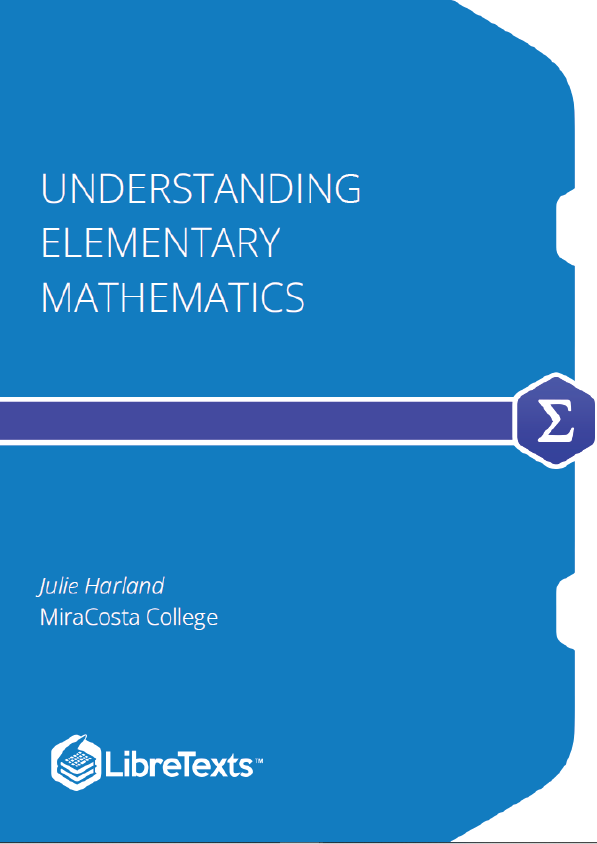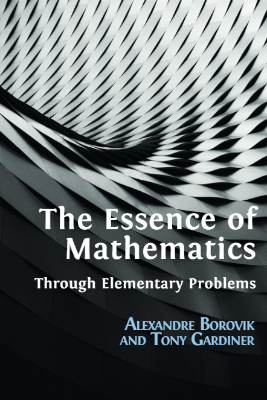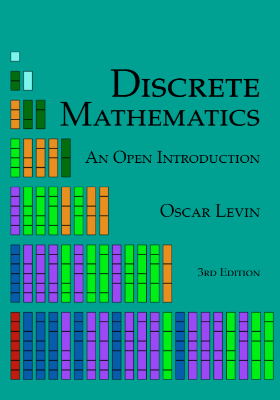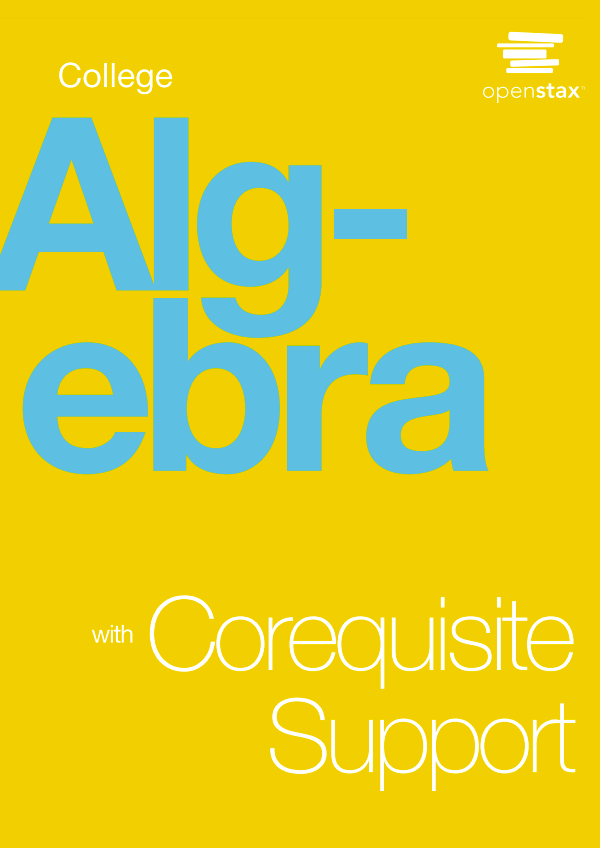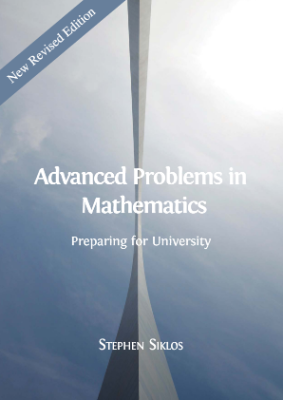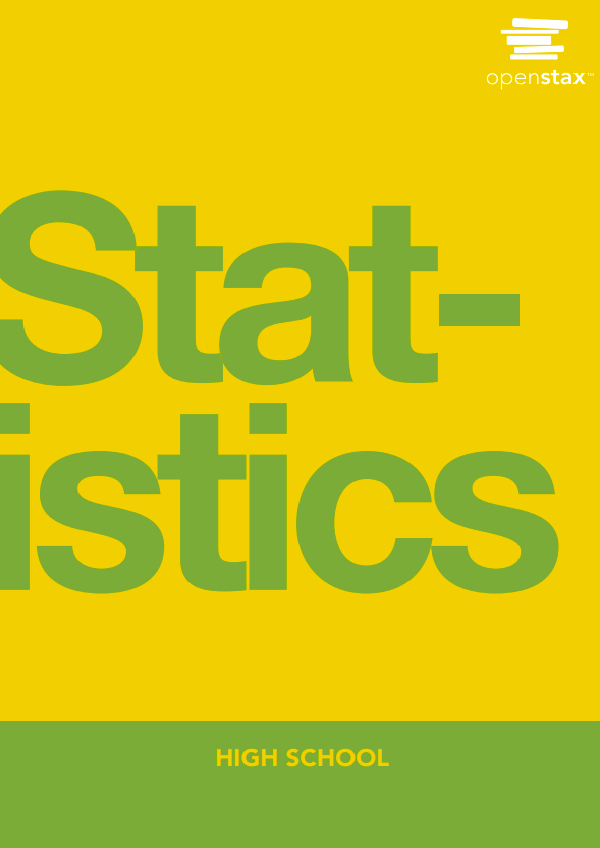Understanding Elementary Mathematics, a series of hands-on Workbook Modules, was written especially for prospective elementary school teachers in a way that they would actively learn the structures, concepts and foundations of elementary mathematics.
Understanding Elementary Mathematics, a series of hands-on Workbook Modules, was written especially for prospective elementary school teachers in a way that they would actively learn the structures, concepts and foundations of elementary mathematics.
The format of the book is different from most college textbooks. The pages are not bound, but instead are on loose-leaf standardsized paper, and is 3-hole punched. Each module is self-contained, and can easily be placed into a standard 3-pronged portfolio folder, preferably with pockets on each side. Each module has a front and back cover on colored paper, and is labeled as Module 1, Module 2, etc. Within each module, there is a table of contents, exercise sets, review exercises and solutions. A typical page number looks like this: 4-33— the number before the dash is the module number; the number after the dash is the page number of that module. So, 4-33 is on page 33 of Module 4.
The text was written informally, in order to be user-friendly and easy to read and understand. There is not a lot of text, and then a lot of exercises, as in traditional textbooks. It is all mixed together with explanation, exploration, examples, exercises, etc. It was written for students to learn in a small collaborative group setting, where students read and work together, helping each other to learn the material. Ideally, the instructor would not necessarily lecture, but would act more as a facilitator, and be available to clarify ideas. Although the intention is that there would be time to work on some exercises in class, most of the reading and work will have to be done out of class, due to the fact that most will take this as a college course, with minimal amount of in-class instructional time.
As previously stated, it is preferable if students work together in a small group setting both in and out of class as they read through each module, and work through the exercises. Because it may take a few hours to complete each exercise set, it isn’t always possible for group members to do all of each set together. Therefore, although some exercises refer to discussing concepts with others in a group, an individual can work on the exercises alone as well. This material can also be learned in a self-paced or individual format if the student is highly motivated and has a strong background in both mathematics and English.
Each module is self-contained, and there is space left in the booklet to do all of the work for each module. Ideally, all of the work should be done and shown in the workbook. The advantage to putting each module in a portfolio folder in an unbound format is that extra pages can easily be inserted. Almost all of the solutions to all of the exercises are included.
A separate packet of Material Cards, containing manipulatives needs to be purchased. Students use the material cards to make their own set of manipulatives in order to do hands-on activities found in most of the exercise sets. Manipulatives should be prepared ahead of time, with each type of manipulative kept in its own baggie. The manipulatives to be used in a given exercise set are listed at the beginning of that set. Students should also have handy some extra paper, a calculator, a small stapler, scissors, tape, colored pencils, pens, markers, highlighters and/or crayons.
